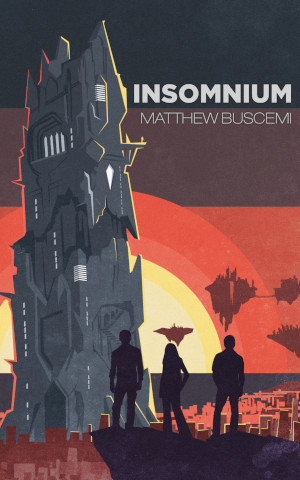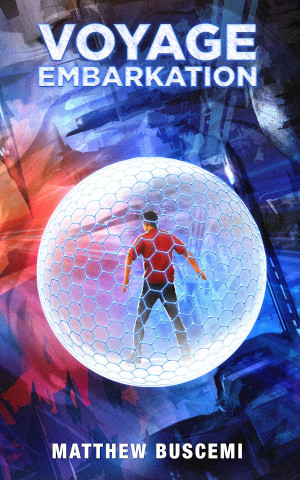Across the Generations
Monday, October 7, 2019 at 3:09am
A Review of the Star Trek: Voyager Episode Blink of an Eye
Many of my favorite episodes of Voyager stand out because they engage in unique storytelling or particularly salient or complex themes. Blink of an Eye does neither, but it does do something equally interesting—it successfully evokes a mood, in this case, a sense of continuity across generations.We start off with the familiar procedure of scientific problem of the week. Voyager has arrived at a torus-shaped planet with an extremely fast rate of spin. When they move in to do more detailed scans, their engines shut down and they are pulled into a stable orbit above the planet, in which, without engines, they are now trapped.
In the astrometrics lab, Seven of Nine announces that the planet's core contains the same compound as the ship's engines, and Voyager has inadvertently become the planet's third pole. This has had the effect of tectonic destabilization of the planet, made all the more worrisome when the crew discovers that the planet harbors intelligent life. Another affect of the planet's unique core is that time passes more rapidly the closer you get to it. Every minute that passes on Voyager, it turns out, equates to roughly a year on the planet's surface.
When Voyager arrives, the planet's inhabitants are primitive. But as the show proceeds, we are treated to vignettes on the surface of various people talking about Voyager, first only as a new star in the sky (perhaps a god?), then later, after the invention of the telescope, as the mysterious "skyship."
The episode broaches numerous cultural questions in interesting ways. Voyager's presence causes increased tectonic activity, but the ship is also an imaginative focal point for the cultures of the planet, inspiring them to strive harder, especially once they can clearly see the ship and understand it to be of alien construction. Are the various natural and human-induced disasters littering human history merely episodes of destruction, something to be sorrowful for or ashamed of, or are they crucible of our drive to improve ourselves? Often some of both.
By introducing the time distortion dynamic, Voyager is able to witness successive generations, each one building on the former. In this way, it provokes the viewer to consider what connects them as individuals to human generations past, a mood which is especially important to experience in world that encourages the atomization of the individual, a state which fuels feelings of isolation and estrangement.
Blink of an Eye is in some ways a very traditional Star Trek episode, in which a science-fictional problem is discovered then overcome, but the details of the particular problem, particularly the rendering of the alien cultures across time, stand out as well-developed, especially for the Star Trek franchise, which typically tends to envision alien societies as mere archetypes of particular human foibles or virtues.









